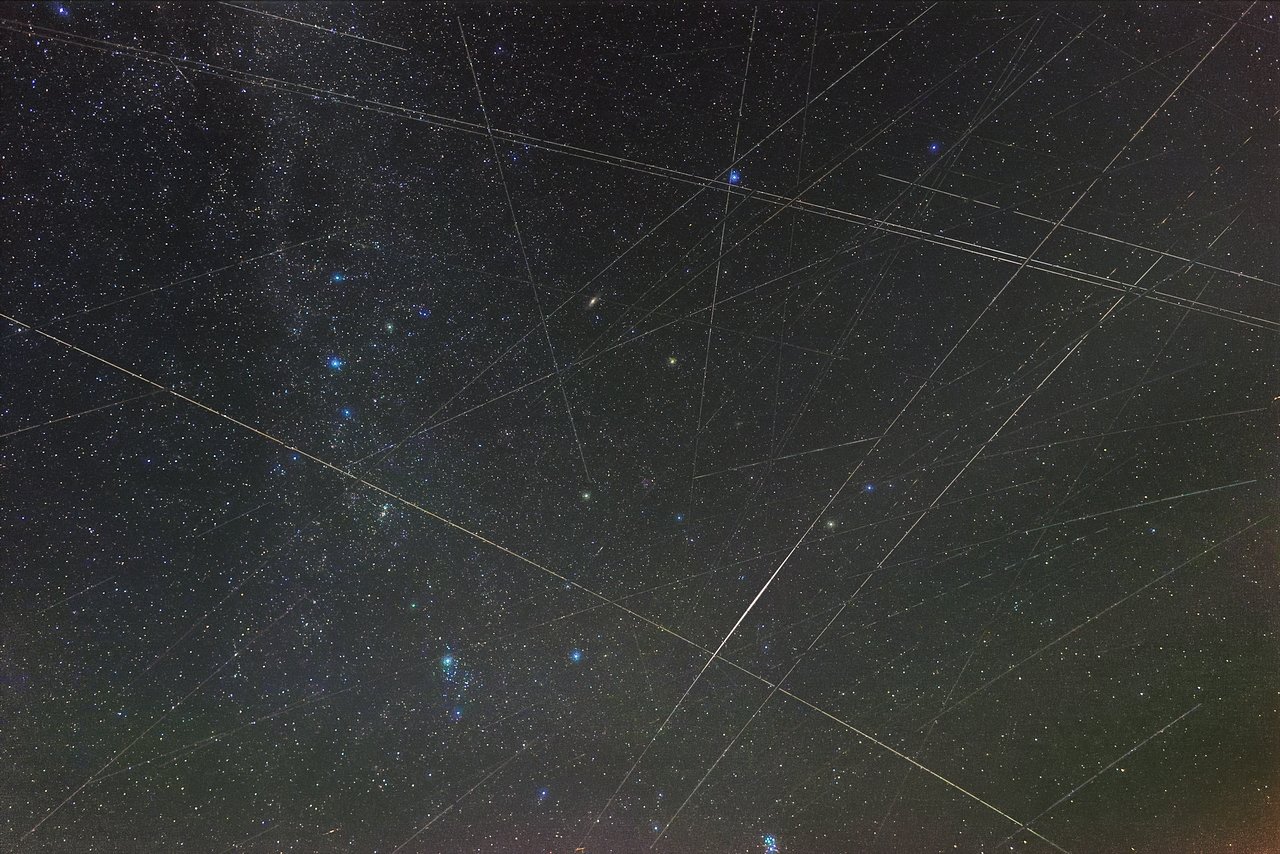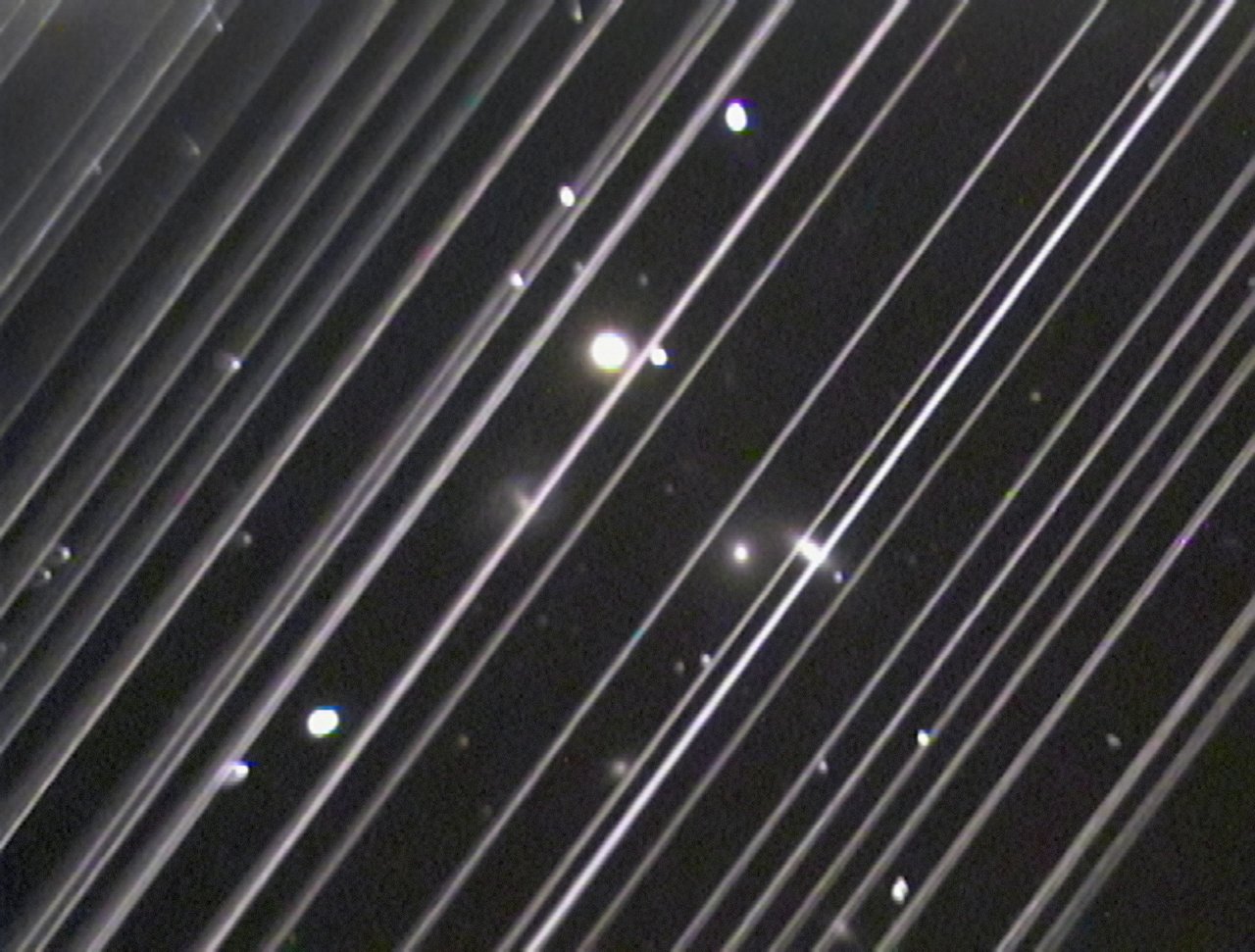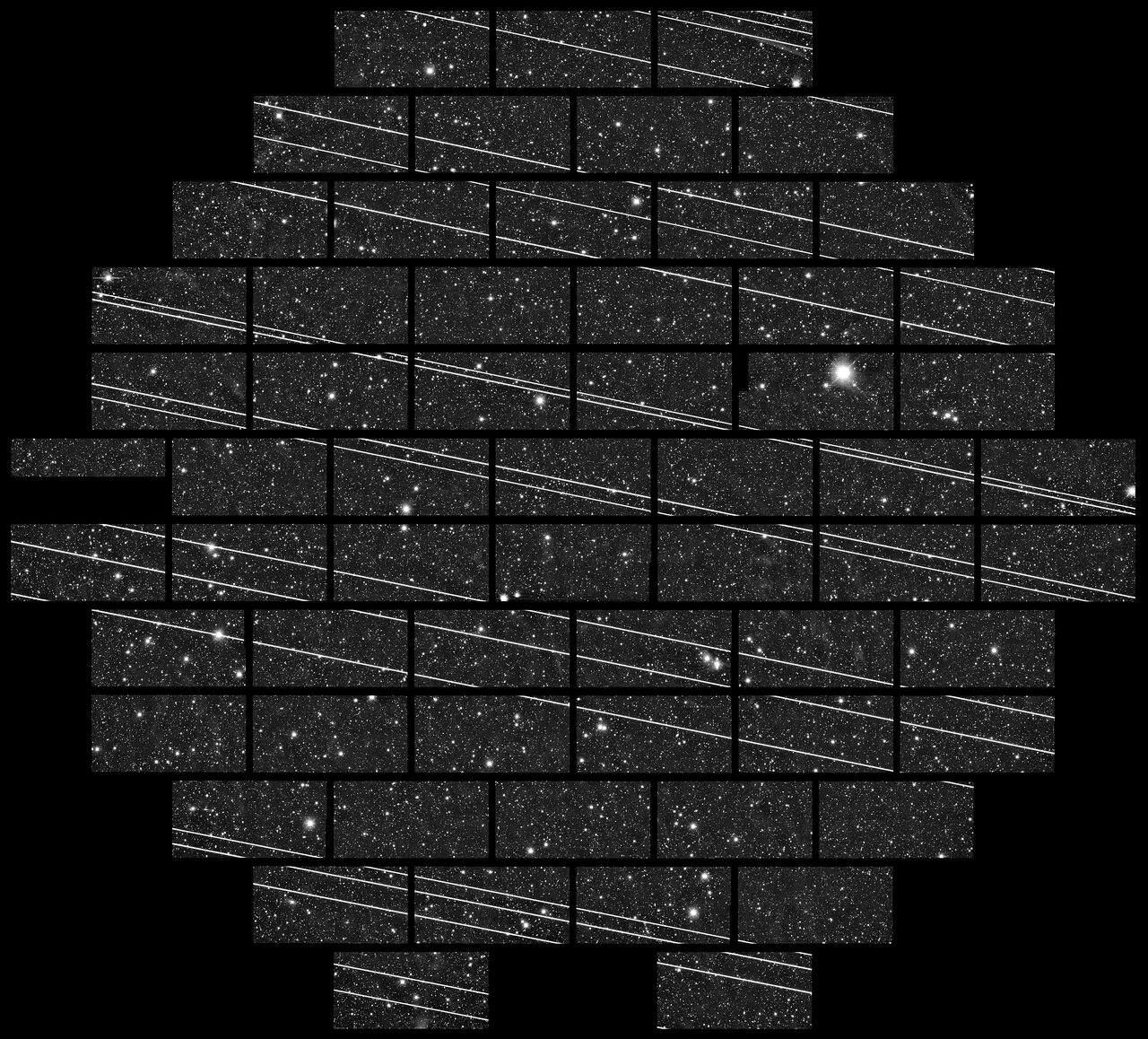- News
- Science
- Scientific Bodies
- Divisions
- Commissions
- Commission A1 Structure
- Commission A2 Structure
- Commission A3 Structure
- Commission A4 Structure
- Commission B1 Structure
- Commission B2 Structure
- Commission B3 Structure
- Commission B4 Structure
- Commission B5 Structure
- Commission B6 Structure
- Commission B7 Structure
- Commission C1 Structure
- Commission C2 Structure
- Commission C3 Structure
- Commission C4 Structure
- Commission D1 Structure
- Commission E1 Structure
- Commission E2 Structure
- Commission E3 Structure
- Commission E4 Structure
- Commission F1 Structure
- Commission F2 Structure
- Commission F3 Structure
- Commission F4 Structure
- Commission G1 Structure
- Commission G2 Structure
- Commission G3 Structure
- Commission G4 Structure
- Commission G5 Structure
- Commission H1 Structure
- Commission H2 Structure
- Commission H3 Structure
- Commission H4 Structure
- Commission J1 Structure
- Commission J2 Structure
- Commission J3 Structure
- Commission X1 Structure
- Commission X2 Structure
- Past Commission Organising Committees
- Working Groups
- Centres
- Scientific Meetings
- Rules & Guidelines
- General Assemblies
- Meeting Proposals
- Future IAU Meetings
- General Assemblies
- EC Meetings
- Officers' Meetings
- Regional Meetings
- Symposia
- Focus Meetings
- Institutional Meetings
- IAU Offices Meetings
- IAU-Sponsored Meetings
- Letters of Intent submitted for 2024
- Letters of Intent submitted for 2023
- Letters of Intent submitted for 2022
- Letters of Intent submitted for 2021
- Letters of Intent submitted for 2020
- Past IAU Meetings
- Templates
- Other Meetings
- Grants & Prizes
- Scientific Bodies
- Publications
- IAU Publications
- IAU Strategic Plan
- Symposia
- WGSBN Bulletins
- Regional Meetings
- Information Bulletins/Catalyst
- E-Newsletters
- Focus Meetings
- Transactions A
- Transactions B
- Related Publications
- GA Newspapers
- CAPjournal
- IAU Books
- Brochures
- IAU Offices
- WG Reports
- Commission Reports
- Division Reports
- Past IAU Publications
- Rules, Guidelines and Instructions for Proceedings
- Publishers
- IAU Publications
- Administration
- About the IAU
- Statutes & Rules
- IAU Policies
- IAU Executive Bodies
- IAU Secretariat
- Resolutions
- Members Administration
- Administrative Dates & Deadlines
- International Organisations Relations
- Donate to the IAU
- Training in Astronomy
- Astronomy for Education
- Astronomy for Development
- Astronomy for the Public
- Office for Astronomy Outreach
- FAQ
- Themes
- Satellite Constellations
- Astronomy in Everyday Life
- How to Report a Discovery
- Careers in Astronomy
- Defining our Place in the Cosmos
- The Constellations
- Light Pollution
- Measuring the Universe
- Near Earth Objects
- How to Participate in Astronomy Research
- Naming of Astronomical Objects
- Naming of Exoplanets
- Buying Star Names
- Naming Stars
- Pluto and the Solar System
- IAU Member Statistics
- Our Moon: the Moon
- Meteors & Meteorites: The IAU Definitions of Meteor Terms
- UNESCO-IAU Portal to the Heritage of Astronomy
- Social Media
- Past Events
- Call for Online Resources
- Astronomy@Home Awards
- Contact
Satellite Constellations
Quick Links
-
Introduction
-
Protecting our Dark and Radio-quiet Skies
-
Frequently Asked Questions
-
More Information
-
Notes
Even before the increase in the number of satellites due to the recent launches of satellite constellations, many individual satellites were visible in the night sky on any given night. This image is composed of 300 short 13-second exposures taken within 70 minutes from Waldenburg, Germany, on the night of the Perseids meteor shower on12 August 2018. The image has a field of view of 84 x 62 degrees. Most of the dozens of lines are made by satellites reflecting the sunlight from below the horizon. Credit: Eckhard Slawik
Introduction
What are satellite constellations? What are the scientific concerns regarding them? Over the decades, considerable effort has gone into designing, building, and deploying satellites for many important purposes. Since 2019 the number of satellites has been rapidly increasing, with plans to deploy potentially tens of thousands of them. In that event, new satellite constellations will soon outnumber all previously launched satellites. In this IAU Theme, we respond to the growing interest and concern of various astronomy-related communities regarding the deployment of satellite constellations. Additionally, we summarise what we can do, as an international community, to work toward solutions to help mitigate the negative impact to astronomy of satellite constellations. For a further source of information on the impact of satellite constellations on astronomy, see the IAU Statement on this topic.
An image of the NGC 5353/4 galaxy group made with a telescope at Lowell Observatory in Flagstaff, Arizona, USA on the night of Saturday 25 May 2019. The diagonal lines running across the image are trails of reflected light left by more than 25 of 60 recently launched Starlink satellites as they pass through the telescope’s field of view. Although this image serves as an illustration of the impact of reflections from satellite constellations, please note that the density of these satellites is significantly higher in the days after launch (as seen here) and also that the satellites will diminish in brightness as they reach their final orbital altitude. Credit: Victoria Girgis/Lowell Observatory.
Protecting our Dark and Radio-quiet Skies
The International Astronomical Union (IAU) is concerned about the impact of satellite constellations on astronomical investigations. The organisation, in general, embraces the principle of a dark and radio-quiet sky as not only essential to advancing our understanding of the Universe, but also as a resource that should be protected for all the Earth’s inhabitants. Although astronomers are making efforts to simulate satellite constellations, it will take time to understand the effect thousands of additional satellites will have on astronomy at optical and radio wavelengths.
Observations with DECam on the Blanco 4-m telescope at the Cerro Tololo Inter-American Observatory (CTIO), showing at least 19 launched Starlink satellites trailing across a 333-second exposure. Note that, one week after launch, the clustered effect of the satellites is more pronounced than when the satellites are in their final orbit. Credit: NSF’s National Optical-Infrared Astronomy Research Laboratory/CTIO/AURA/DELVE
The IAU and other organisations like the American Astronomical Society (AAS) are trying different avenues to address the impact of the brightness and growing number of these satellites. Efforts include having discussions with SpaceX concerning the test of spacecraft coatings to see if that helps bring down the brightness of Starlink satellites [1] and developing software to help observatories schedule their observations to minimise the impact of passing satellites; (see the CTIO image above). Such software is particularly important to sensitive wide field observations where passing satellites could potentially lead to detector saturation effects. The visibility of satellite constellations is greatest during twilight hours.
Frequently Asked Questions
Q1: What are satellite constellations?
A: Over the past decades, considerable effort has gone into designing, building, and deploying satellites for many important purposes. Recently networks, known as satellite constellations, have been deployed and are planned in ever greater numbers in mainly low-Earth orbits for a variety of reasons, including providing communication services to underserved or remote areas [2].
A satellite constellation is a number of similar satellites, of a similar type and function, designed to be in similar, complementary, orbits for a shared purpose, under shared control [3]. Constellations are used for navigation and geodesy (e.g. GPS, Galileo and GLONASS), satellite telephony (e.g. Iridium), or Earth Observation (e.g. DMC, PlanetLabs). More recently, companies are planning large scale constellations in low- and mid-Earth orbits to provide global satellite internet, or Internet of Things to connect machines and systems together directly. A constellation with thousands of individual units at low altitude reduces the signal latency (i.e. the time taken to signals to move from a ground station providing internet to the satellite and then on to a user), while maintaining high levels of coverage especially in remote areas without developed ground infrastructure. While there are currently around 2000 active satellites orbiting Earth, the planned satellite constellations could increase this number by tens of thousands in the coming decades.
Q2: What are the scientific concerns regarding satellite constellations?
A: The scientific concerns are two-fold:
-
To minimise solar heating effects, the surfaces of these satellites are often made of highly reflective metal, and reflections from the Sun in the hours after sunset and before sunrise make them appear as dots moving in the night sky. Although many of these reflections may be too faint to see with the naked eye, they can still be detrimental to the sensitive instruments of large ground-based astronomical telescopes [4], including the extreme wide-angle survey telescopes currently under construction [5]. The brightness is a main concern for our astronomical field. Another main issue is the rising number of low- to mid-Earth orbiting satellites. The sheer number (tens of thousands) in the next few years will make it difficult to mitigate.
-
Despite notable efforts to avoid interfering with radio astronomy frequencies, aggregate radio signals emitted from the satellite constellations can still threaten astronomical observations at radio wavelengths. Recent advances in radio astronomy, such as producing the first image of a black hole or understanding more about the formation of planetary systems, were only possible through concerted efforts to safeguard the radio sky from interference.
Q3: What is the IAU’s position on Starlink and other satellite constellations?
A: The IAU is a science and technology organisation, stimulating and safeguarding advances in those areas. Although significant effort has been put into mitigating the problems with the different satellite constellations [Q4 & Q5], the IAU strongly recommends that all stakeholders in this new and largely unregulated frontier of space utilisation work collaboratively to their mutual advantage. Satellite constellations can pose a significant or debilitating threat [Q2] to important existing and future astronomical infrastructures, and the IAU urges their designers and deployers as well as policymakers to work with the astronomical community in a concerted effort to analyse and understand the impact of satellite constellations. The IAU also urges appropriate agencies to devise a regulatory framework to mitigate or eliminate the detrimental impacts on scientific exploration as soon as practical.
Q4: What is the IAU doing in regard to Starlink and other satellite constellations?
A: The IAU and other organisations like the American Astronomical Society (AAS) are trying different avenues to address the impact of the brightness and growing number of these satellites:
-
The IAU Commission B7 Protection of Existing and Potential Observatory Sites invited a group of astronomers to collaborate on modeling the effects of the number and brightness of the satellites on the detectors of different observatories around the world. The studies will be shared as research papers and white papers which will assist with the next steps.
-
The IAU has supported the efforts of observatories observing the brightness and frequency of satellite constellations.
-
The IAU, AAS, and National Science Foundation’s National Optical-Infrared Astronomy Research Laboratory (NSF’s OIR Lab) are planning a workshop of stakeholders in April 2020 to help solve the issue of the brightness of the satellite mega-constellations. SpaceX and OneWeb have expressed an interest in attending.
-
The IAU, the Instituto de Astrofísica de Canarias (IAC) and the United Nations Office for Outer Space Affairs (UNOOSA), along with its Committee on the Peaceful Uses of Outer Space (COPUOS), are planning the four-day Dark and Quiet Skies for Science and Society conference (5–8 October 2020). Topics will include issues like the impact of LEDs and satellite constellations on astronomy as well as our right to view a starry night sky.
-
The IAU Commission B7 has proposed a two- to three-day Focus Meeting at the XXXI IAU General Assembly in August 2021.
-
The IAU was peripherally involved in a special session on Challenges to Astronomy from Satellites at the January 2020 AAS conference. The various astronomers and a SpaceX representative presented to an audience of astronomers with the aim of educating both groups on the status of the issues and the efforts for mitigation.
-
Through the efforts of the AAS, constructive conversations with SpaceX have taken place. The IAU has been involved. The exchange has been educational and illuminating for both groups and now conversations have begun with OneWeb.
Q5: Following the first efforts by the IAU and the AAS, what concrete steps are currently implemented to arrive at solutions to the brightness of the satellites?
Following the efforts of the IAU and the AAS [Q4], and the many discussions with SpaceX, two steps have been taken to arrive at solutions to the brightness of the satellites:
-
One of the 60 satellites launched in early January 2020, nicknamed DarkSat, had different coatings on it [1] and is being observed by several observatories. The results of the observations, as well as modelling of frequency and brightness, will be shared with SpaceX to help resolve the issues. Despite all the complexities of how our community takes optical and infrared observations, astronomers are working to converge on the selection of brightness levels at which SpaceX can aim. To solicit community input, the AAS, with assistance from the IAU, conducted surveys of observatories, asking them to evaluate the impact, especially to their instrumentation.
-
SpaceX is working on software to help observatories avoid Starlink by producing satellite avoidance programs. Some observatories, however, may not be equipped to use such a software program. Also, when the number of satellites becomes too high, avoidance programs may not function as effectively as intended. AAS, with assistance from the IAU, has discussed with SpaceX the best way to disseminate their launch schedules to allow astronomers to take measures to avoid observations that might be impacted by Starlink satellites. In that light, astronomers have also received from SpaceX their two-line elements for orbital timing and location. In addition, SpaceX may be able to explore adjusting the attitudes of their satellites over the most impacted observatories, especially observatories with wide fields of view for which detectors would be most affected.
More Information
About IAU Dark/Quiet Sky Groups:
IAU Commission B7 Protection of Existing and Potential Observatory Sites (Inter-Division B–C Commission)
Reduction and prevention of artificial sky glow and radio-frequency interference is a priority goal of the IAU. Commission C.B7 was established on the basis of its proposal to address these critical issues.
IAU Executive Committee WG Dark and Quiet Sky Protection
Reduction and prevention of artificial sky glow and radio-frequency interference is a priority of the IAU. The Working Group on Dark and Quiet Sky Protection is a continuation and transformation of the Working Group on the International Year of Light 2015. It focuses on the protection of the sky for astronomical observations at all wavelengths. It includes collaborative efforts with the IAU–UNESCO initiative of World Heritage astronomical sites and UNESCO’s Starlight Destinations.
Links:
- The International Astronomical Union, IAU Statement on Satellite Constellations, 3 June 2019, The International Astronomical Union
- Krafton, K., AAS Works to Mitigate Impact of Satellite Constellations on Ground-Based Observing, 5 December 2019, The American Astronomical Society
- United Nations Office for Outer Space Affairs, Treaty on Principles Governing the Activities of States in the Exploration and Use of Outer Space, including the Moon and Other Celestial Bodies, 1966, United Nations Office for Outer Space Affairs
- Committee on the Peaceful Uses of Outer Space, Guidelines for the Long-term Sustainability of Outer Space Activities, 27 June 2018, Committee on the Peaceful Uses of Outer Space
- Simulated prediction of 12k Starlink satellites in the sky: https://youtu.be/LGBuk2BTvJE and https://www.youtube.com/watch?v=z9hQfKd9kfA
- Visualization tool to find, plot and search satellite orbits: https://celestrak.com/cesium/orbit-viz.php?tle=/satcat/tle.php?INTDES=2020%2D001&satcat=/pub/satcat.txt&orbits=20&pixelSize=3&samplesPerPeriod=90
- A brief first look at what impact the changes to SpaceX's proposed starlink network from the new November 2018 filing might have on how the network functions: https://www.youtube.com/watch?v=QEIUdMiColU
Notes
[1] On this flight, SpaceX is also testing an experimental darkening treatment on one satellite to further reduce the albedo of the body of the satellites.
[2] Examples of these include the Iridium satellite constellation, Space X's Starlink, OneWeb, Globalstar, Amazon’s Project Kuiper, and Facebook’s Athena.
[3] Wood, Lloyd, Satellite constellation networks, Internetworking and Computing over Satellite Networks. Springer, Boston, MA, 2003, p.13-34.
[4] Such ground-based observatories are essential complements to astronomical satellites. Costs and limitations on size and weight preclude the launch of particularly large telescopes, and the difficulty of repairing and maintaining telescopes in space means that the newest, most revolutionary technologies are implemented on ground-based telescopes decades before it is prudent to attempt them in space. Both space-based and ground-based telescopes are fundamental to astronomy.
[5] The Vera C. Rubin Observatory will have the ability to survey the entire sky every three nights.
Published on 12 February 2020


